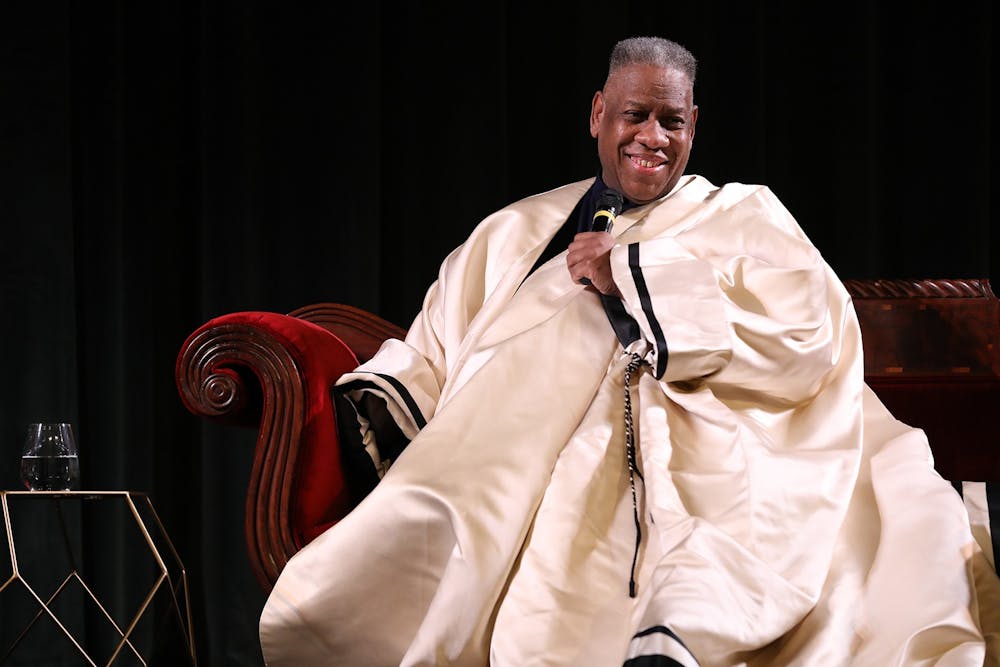Fashion lovers around the globe were taken aback by last week's news that André Leon Talley had passed away at the age of 73. Although the towering figure in the industry had been facing a series of health challenges over a number of years, his death still came as a surprise.
Talley’s life and legendary career demonstrated what is (and isn’t) possible for Black people in fashion.
André Leon Talley was born in 1948 in Washington, but was raised in Durham, N.C. by his grandmother, who worked as a maid at Duke University. He received a bachelor's degree in French studies from N.C. Central University, a historically Black college 20 minutes from UNC-Chapel Hill. He later went on to earn his Master’s degree from Brown University.
Talley’s ascension through the industry started in 1974 when he moved to New York City and volunteered at the Metropolitan Museum of Art's Costume Institute under the direction of former Vogue editor-in-chief Diana Vreeland. From there, Talley’s career continued to climb the heights of editorial fashion. He was a receptionist at Interview magazine under Andy Warhol, the Paris bureau chief of Women’s Wear Daily, a judge on “America’s Next Top Model" and stylist to former First Lady Michelle Obama.
Talley is most recognized for his role as the creative director and editor-at-large of Vogue magazine. This position granted him access to the industry at a level rarely experienced by Black people. His sizable presence was accentuated not only by his height of 6 feet, 6 inches, but by his race in an industry dominated by white editors, models, photographers and designers.
Sitting front row at fashion shows and being friends with notable designers like Karl Lagerfeld, Yves Saint Laurent and others, symbolized the height of success that minorities could hope to achieve in the fashion industry.
Talley’s 2020 memoir, "The Chiffon Trenches," recounts his experiences at the upper echelon of fashion ― granting him an insider perspective on celebrities like Madonna and Bianca Jagger, designers like Marc Jacobs and supermodels like Naomi Campbell.
It also documents the sometimes rocky relationship he had with Anna Wintour, Vogue's editor-in-chief since 1988. She, and other “friends,” judged him for his weight, gossiped about him and didn’t seriously consider his suggestions and actions to diversify the industry. These latter sour points paint the lows of being Black in the Eurocentric world of fashion.
The glitz and glamour of Talley’s life was paired with barriers that minorities still face today. According to a report on the demographics of American fashion editors, approximately 4 percent of fashion editors are Black or African American. Fashion designers are only double this percentage.




